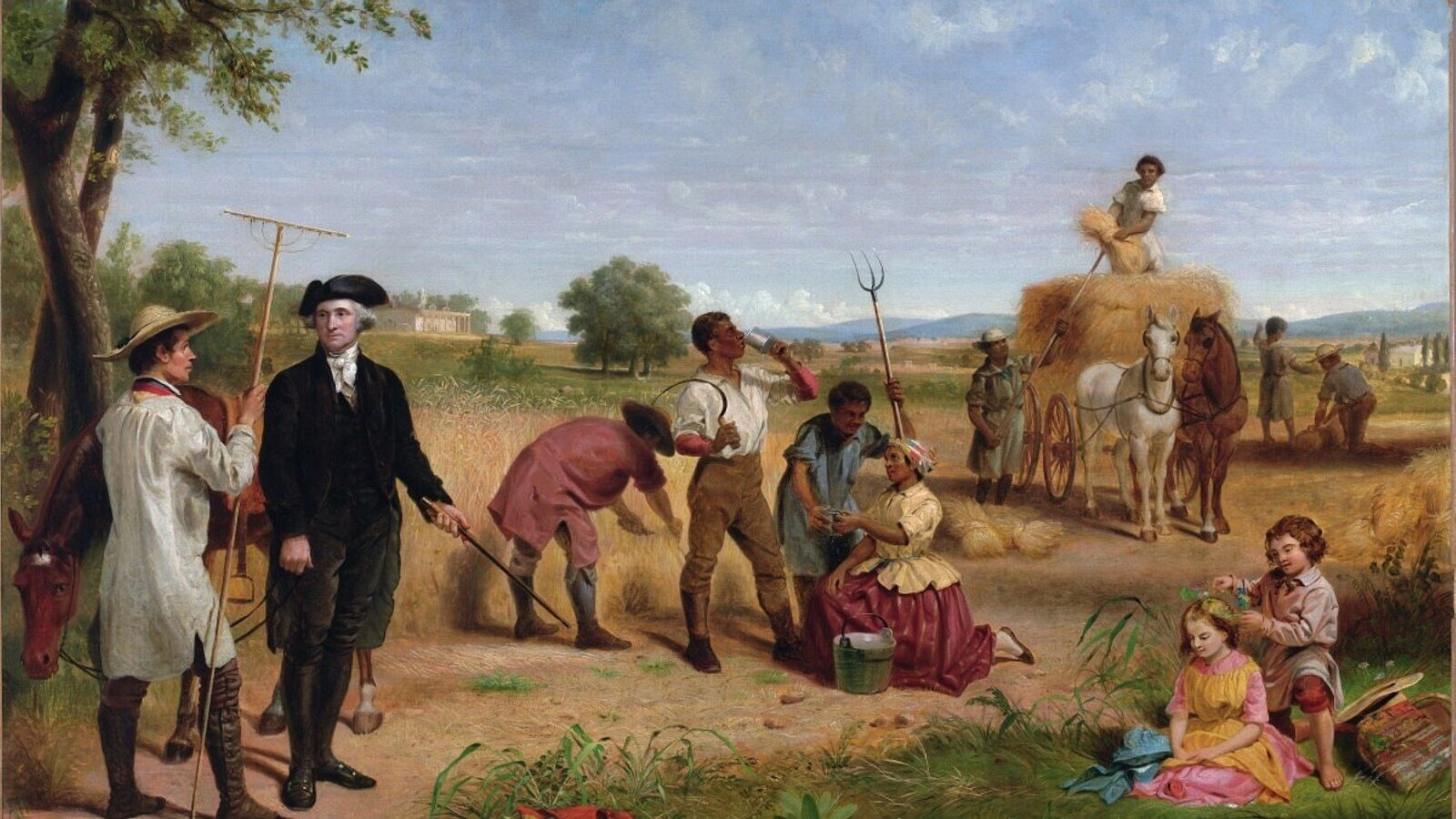
Ever wondered why the Middle Colonies, often dubbed the "Breadbasket Colonies," played such a pivotal role in shaping early American society? Yes, these colonies were a melting pot of cultures and religions, setting the stage for a diverse and thriving society. From New York's bustling ports to Pennsylvania's rich farmlands, each colony had its unique charm and challenges. But what made them stand out in the grand tapestry of American history? Let's dive into the heart of the matter, uncovering 15 fascinating facts about the Middle Colonies. Prepare to be amazed by tales of diversity, innovation, and resilience that contributed to the foundation of modern America. Get ready; history's about to come alive in ways you never imagined!
Key Takeaways:
- The Middle Colonies, including New York, New Jersey, Pennsylvania, and Delaware, were a diverse and influential part of early American history, shaping the country's culture, economy, and governance.
- These colonies were known for their religious tolerance, economic prosperity, and diverse population, leaving a lasting legacy of freedom, equality, and democratic principles in the United States.
Understanding the Middle Colonies
The Middle Colonies, consisting of New York, New Jersey, Pennsylvania, and Delaware, played a pivotal role in shaping early American society. These colonies were known for their diversity, both in terms of the population and the geography. Here, settlers from various parts of Europe brought their cultural practices, religions, and traditions, creating a melting pot of ideas and beliefs.
-
New York was originally a Dutch colony named New Netherland before the English seized control in 1664. This transition marked a significant shift in the colony's development, as English laws and customs replaced Dutch ones.
-
Pennsylvania was established by William Penn, a Quaker, in 1681 as a haven for religious freedom. Penn's vision was to create a society grounded in peace, equality, and tolerance, attracting a diverse group of settlers.
Economic Activities in the Middle Colonies
The Middle Colonies were often referred to as the "Breadbasket Colonies" due to their prolific grain production. The fertile soil and milder climate compared to the New England and Southern Colonies made them ideal for farming.
-
Wheat, barley, and rye were the primary crops grown, which were then exported to other colonies and Europe, boosting the local economy.
-
Besides agriculture, these colonies also had a thriving manufacturing sector, including ironworks and the production of textiles and paper.
Social Structure and Diversity
The social fabric of the Middle Colonies was notably more diverse and less hierarchical than that of the New England and Southern Colonies. This diversity was reflected in the various religious and ethnic communities that coexisted.
-
Religious tolerance in Pennsylvania attracted groups such as the Quakers, Mennonites, Lutherans, and others, making it one of the most religiously diverse colonies.
-
New York's population was a mix of Dutch, English, Scandinavians, Germans, and others, contributing to its rich cultural tapestry.
Education and Governance
Education and governance in the Middle Colonies reflected their diverse and pragmatic character. Unlike the New England Colonies, where education was primarily for religious instruction, the Middle Colonies offered a more varied educational curriculum.
-
Schools in these colonies taught reading, writing, arithmetic, and classical languages, aiming to prepare students for a variety of professions.
-
The governance system was a mix of Dutch and English practices, with a significant emphasis on democratic principles. Pennsylvania, for instance, had a unicameral legislature that was more representative of the common people than those in other colonies.
Role in the American Revolution
The strategic location and economic significance of the Middle Colonies made them a focal point during the American Revolution.
-
New York and Pennsylvania, in particular, were sites of major battles and events, including the Declaration of Independence's signing in Philadelphia in 1776.
-
The diverse population of the Middle Colonies played a crucial role in the revolutionary war effort, providing troops, supplies, and support for the cause of independence.
Legacy of the Middle Colonies
The legacy of the Middle Colonies is evident in the United States' cultural diversity, democratic governance, and economic practices.
-
Their tradition of religious and ethnic tolerance set a precedent for the American values of freedom and equality.
-
The economic practices established, particularly in agriculture and manufacturing, laid the groundwork for the United States' development into an economic powerhouse.
-
The democratic principles practiced in their governance influenced the creation of the U.S. Constitution and the American political system.
-
The Middle Colonies' emphasis on education contributed to a tradition of intellectual inquiry and innovation that continues to this day.
-
Finally, the spirit of cooperation and tolerance among the diverse population of the Middle Colonies serves as a model for American society, emphasizing unity in diversity.
A Final Look at Middle Colonies History
Diving into the history of the Middle Colonies reveals a rich tapestry of cultures, economies, and pivotal moments that shaped early America. From the diverse communities that thrived on religious freedom to the bustling ports that linked these colonies to the wider world, every fact we've uncovered offers a glimpse into a unique era. These colonies served as a melting pot, not just for European settlers but for Native American and African influences as well, creating a complex and vibrant society. Understanding their history isn't just about looking back; it's about recognizing the foundations upon which modern America was built. As we've journeyed through the past, the resilience, innovation, and spirit of cooperation among the Middle Colonies stand out as enduring lessons for all.
Frequently Asked Questions
Was this page helpful?
Our commitment to delivering trustworthy and engaging content is at the heart of what we do. Each fact on our site is contributed by real users like you, bringing a wealth of diverse insights and information. To ensure the highest standards of accuracy and reliability, our dedicated editors meticulously review each submission. This process guarantees that the facts we share are not only fascinating but also credible. Trust in our commitment to quality and authenticity as you explore and learn with us.


